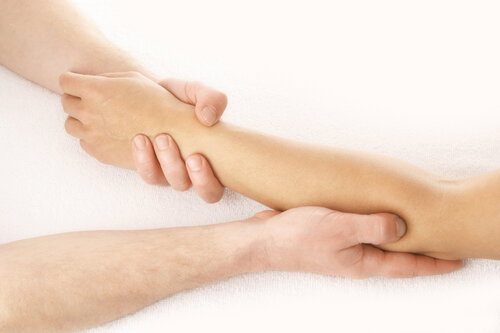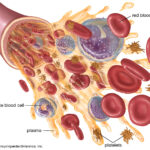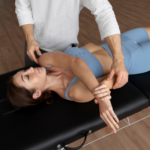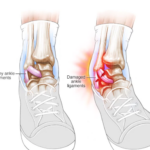Tennis elbow is a repetitive stress injury that is becoming more. Named for to its common occurrence with tennis players, recently it has become more common to those who do a lot of computer work. Anyone that does frequent repetitive wrist and forearm activity, such as plumbers, carpenters, hairdressers, weightlifters, and cooks, are also susceptible to this condition. Tennis elbow (TE) is an overuse and inflammation of the extensors of the wrist and hand; most commonly felt right below the bony prominence on the lateral side of the elbow. Pain felt can vary from a dull ache, to a burning or sharp pain; weakness in the hand can also occur. The pain intensifies when motion is introduced, especially when extending the wrist, gripping and wringing motions.
Muscles involved:
- Extensor Carpi Radialis Brevis
- Extensor Carpi Radialis Longus
- Extensor Digitorum
- Extensor Carpi Ulnaris

These muscles are on the top of our forearms and are responsible for a good portion of the motion that takes place with our wrists and hands. When they get overworked, they can weaken, and inflammation can occur. The bony bumps in that area can also cause wear and tear over time on the muscles and can be a factor in TE.
What to do about it:
- Rest! The muscles and tendons are over worked, and what do we do when we as a whole are overworked? Rest, relax and take it easy. So why would it be any different for our elbow and forearm? Rest the area, the amount of rest time will vary from person to person, depending on the severity of the issue and how long it was been bothering you. If you keep doing the activity that aggravated it in the first place, it will not go away.
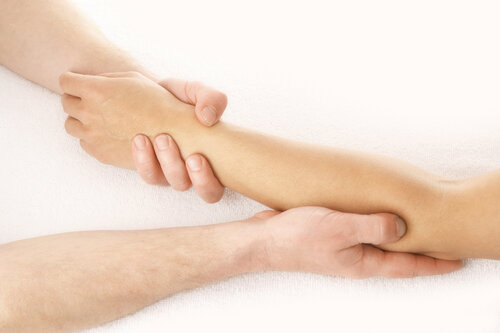
- Ice: Icing the inflamed region can help reduce pain, swelling and inflammation. Do not put the ice directly on your skin (wrap ice in a towel) and no longer than 5-10 minutes at a time.
- Anti-inflammatories: Like ibuprofen and aspirin have been known to reduce inflammation and swelling.
- Massage: Once the pain has decreased, a session with a professional massage therapist can be greatly beneficial. They can work on the muscles of the forearm to loosen any restrictions and aid in healing and recovery. In between sessions, self-massage to the affected area can help. Try short 2 finger friction work back and forth over the area for a couple of minutes at a time, keep the pressure tolerable.
Stretches:
Stretching the muscles of the forearm is an important part of recovering from TE. Hold these stretches for about 15 seconds and repeat 2-3 times. As the pain decreases you can increase repetitions.
Wrist Extensors
To stretch the Wrist Extensors, hold your arm out straight and flex your wrist down. You can use the other hand to push down on the back of your hand to get more of a stretch.
Wrist Flexors
Stretching the muscles on the underside of the forearm is important too. To stretch the wrist flexors, hold your arm straight out and extend your wrist up. Again, you can use the other hand to increase the stretch. Push on the palm side back towards you.
Strengthening:
Strengthening the muscles involved can be done once the pain is gone completely. If strengthening exercises cause pain, they should be stopped immediately. Always start out with lighter weight and increase gradually. A good exercise for this would be a stabilized wrist extension.
This article/video is for educational purposes only; do not attempt without your physician’s clearance. If you are in pain or injured, see your physician. Copyright © Vidal Sports LLC 2020
Image References:
- https://emmakanblog.files.wordpress.com/2015/05/jmm_lateral_epicondylitis_tennis_elbow-e1431135972352.jpg?w=1000
- https://www.massagemag.com/images/stories/2009/06/tenniselbowsauer.jpg
For the original article, with references, click here.




